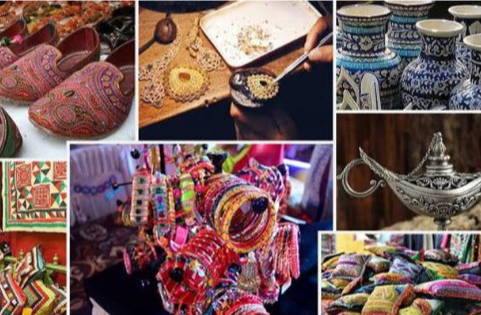The Significance of Cultural Heritage

Introduction to Cultural Heritage
Cultural heritage represents the legacy of physical artifacts and intangible attributes inherited from past generations, maintained in the present, and bestowed for the benefit of future generations. It encompasses monuments, traditions, languages, folklore, art, music, and rituals that reflect a society’s identity, values, and history. Cultural heritage is not only about preserving ancient monuments or practicing age-old customs; it is about keeping the spirit and wisdom of our ancestors alive in modern times. It serves as a link between generations and plays a crucial role in shaping community identities. One can explore UNESCO’s Intangible Cultural Heritage, page to understand the global effort toward the preservation of traditions and customs across the world.
Strengthening Identity and Belonging
Cultural heritage provides a sense of belonging and continuity in a world that is rapidly changing. It helps communities define their identity and promotes social cohesion. Shared heritage reinforces bonds among individuals within a community, giving them a common narrative and pride in their cultural background. Whether it is through festivals, languages, traditional craftsmanship, or religious practices, cultural heritage is a vital source of meaning in everyday life. It offers communities the strength and resilience to cope with social, political, and economic challenges by reminding them of their roots and the wisdom accumulated over centuries.
Heritage as an Educational Resource
One of the major values of cultural heritage lies in education. It acts as a powerful educational tool that helps people understand the past and make informed decisions for the future. Through the study and preservation of heritage, younger generations gain insight into their culture, ancestry, and shared human history. Historical buildings, ancient manuscripts, oral traditions, and sacred rituals all serve as living texts that tell the story of humanity’s evolution. Museums, archives, and cultural institutions across the world act as custodians of such knowledge, making it accessible to scholars, students, and the general public alike.
See Also: Redesign Your Home with Contemporary Furniture in Australia
Economic Benefits of Cultural Preservation
Economic development is another dimension where cultural heritage plays a significant role. Heritage tourism, which involves visiting historical sites, museums, and culturally rich locations, contributes billions of dollars annually to the global economy. Cities and countries with well-preserved heritage often attract more tourists, thereby creating jobs and boosting local businesses. Moreover, traditional crafts and arts can become sources of income for local artisans, promoting economic sustainability while preserving cultural practices. Cultural heritage, when harnessed responsibly, becomes a catalyst for inclusive and equitable growth.
Promoting Peace and Intercultural Dialogue
From a diplomatic perspective, cultural heritage also promotes intercultural dialogue and understanding. In a world marked by diversity, heritage offers a platform for people from different backgrounds to connect, respect, and learn from one another. Festivals, exhibitions, and cultural exchanges foster global cooperation and help bridge gaps between communities. Recognizing and appreciating other cultures encourages peace and reduces the likelihood of conflict. When we understand each other’s heritage, we are more likely to celebrate our differences rather than fear them.
Challenges to Cultural Heritage
Despite its importance, cultural heritage faces numerous threats today. Urbanization, war, climate change, and neglect are endangering many irreplaceable cultural sites and traditions. In conflict zones, heritage is often targeted as a symbol of identity, and its destruction is used as a weapon against communities. In addition, younger generations may become disconnected from their cultural roots due to modernization and globalization. Hence, efforts to document, protect, and revitalize cultural heritage must be a shared responsibility among governments, civil society, and individuals.
Role of Technology in Preservation
Technology offers innovative solutions for the preservation and promotion of cultural heritage. Digital archiving, virtual museums, 3D modeling, and online platforms have revolutionized the way heritage is documented and accessed. These tools enable broader public engagement and can help safeguard intangible cultural elements that are difficult to preserve physically. Communities can use digital media to record oral histories, transmit traditional knowledge, and promote awareness about endangered cultural elements.
Conclusion: A Shared Responsibility
In conclusion, cultural heritage is not merely about the past; it is a dynamic and evolving part of our present and future. It nurtures community identity, supports economic and social development, and fosters mutual respect among cultures. As global citizens, it is our duty to respect, preserve, and promote cultural heritage in all its forms. By doing so, we ensure that future generations inherit a world enriched with diversity, wisdom, and cultural depth.




